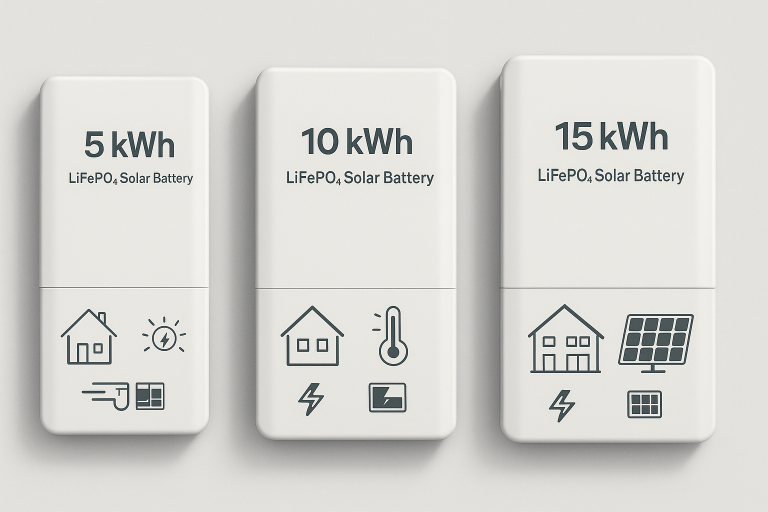
Learn how to choose the right solar battery capacity based on your daily energy usage, backup needs, and budget. Compare 5kWh, 10kWh, and 15kWh systems.

5kW Off-Grid Solar System for Cabins in Europe – Full Setup Guide Meta Description: Learn how to build an efficient 5kW off-grid solar system for remote cabins in Europe. Includes battery sizing, inverter options, wiring, and key product recommendations.
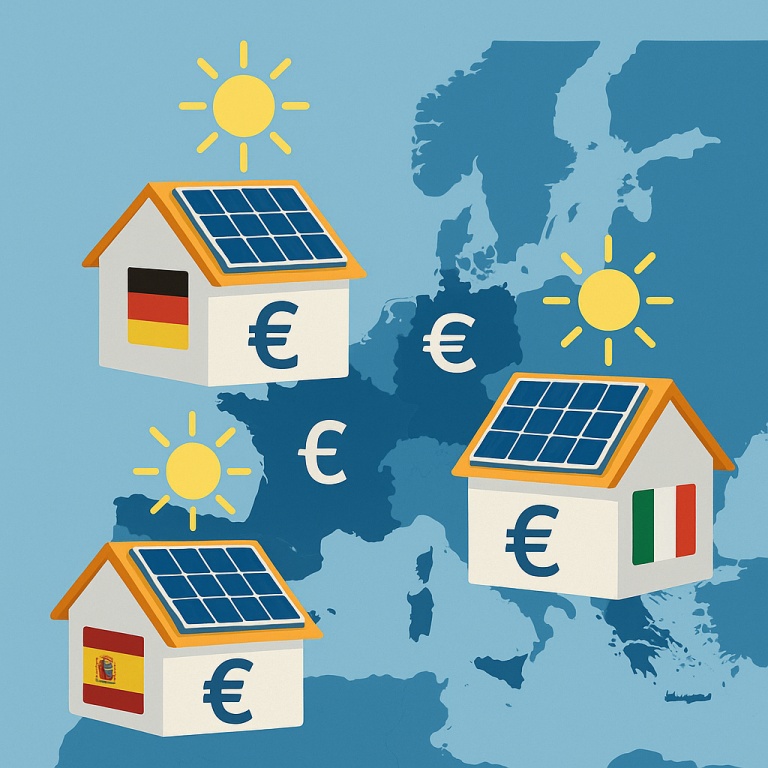
Learn how homeowners and businesses can save with solar incentives in Europe. Explore subsidies, tax credits, grants, and net metering by country.
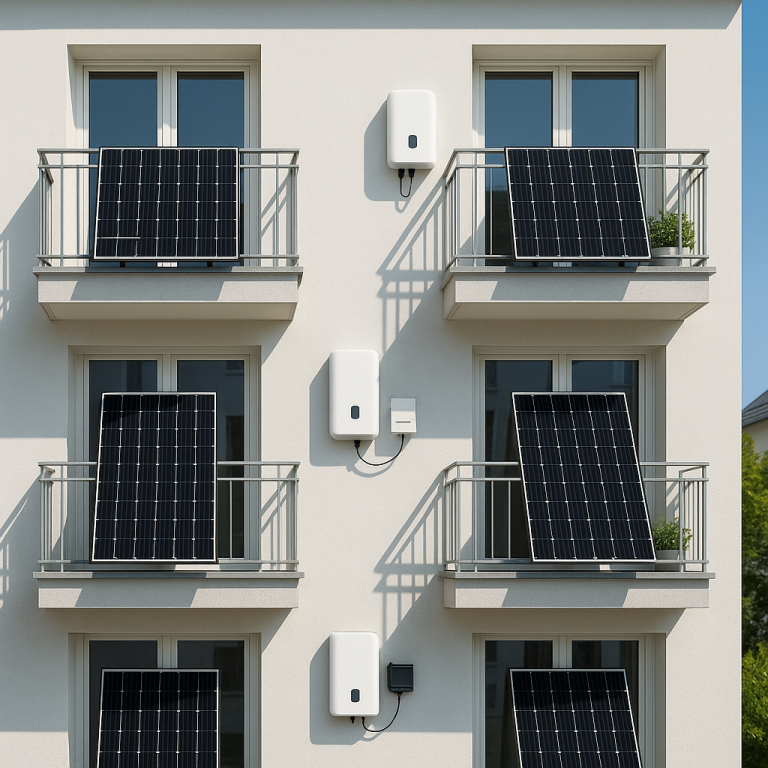
Discover 5 beginner-friendly solar kits with integrated battery storage. Plug-and-play, CE-certified, and perfect for small European homes, balconies, or rentals.

Discover the benefits of wall-mounted solar batteries for European homes. Save space, boost efficiency, and explore options like the JYH-EB2048 LiFePO₄ battery module.
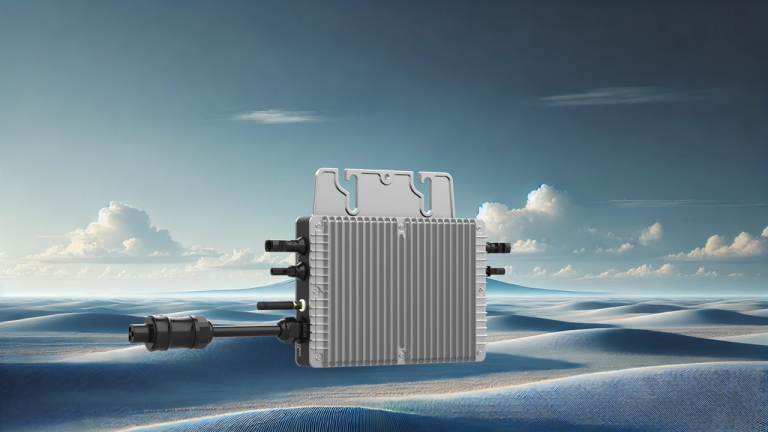
Discover essential criteria for choosing a solar inverter in the EU, including types, certifications, and technical benchmarks. Featuring the JYH-inverter micro inverter series for plug-and-play solar setups.
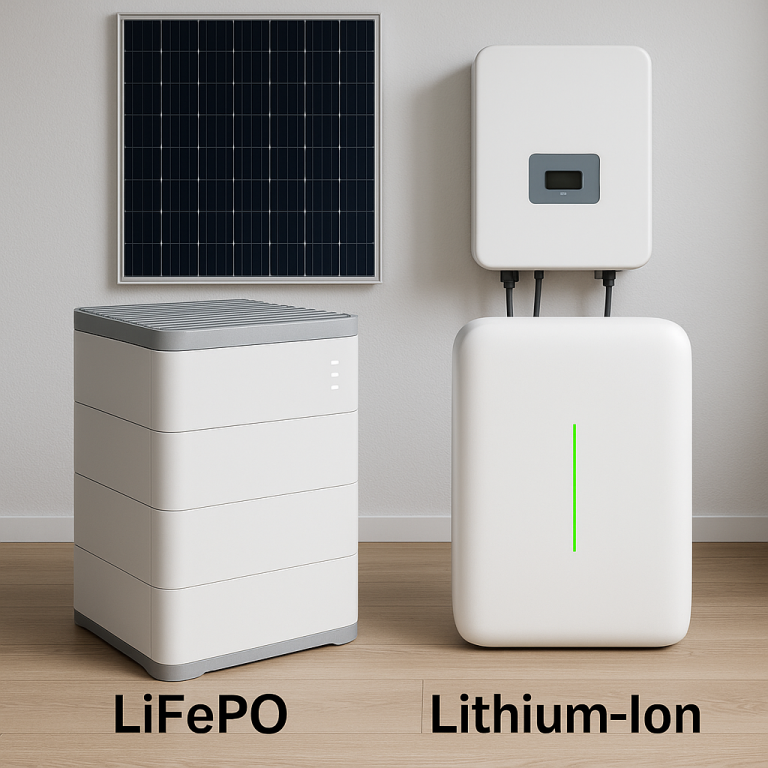
Discover the key differences between LiFePO₄ and lithium-ion batteries for solar energy storage. We compare safety, cycle life, cost, and climate adaptability for EU homeowners.
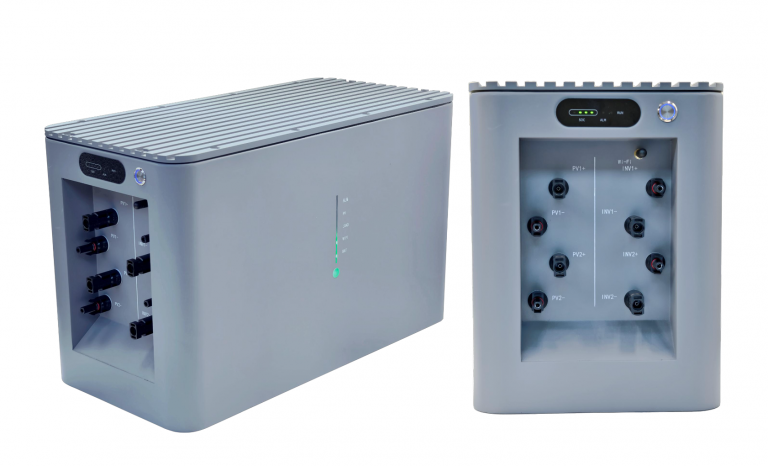
Discover how an 800W plug & play solar kit, including battery-equipped options like the TUYA SKB047, can reduce your power bill in Europe. Compare top kits and savings potential in 2025.
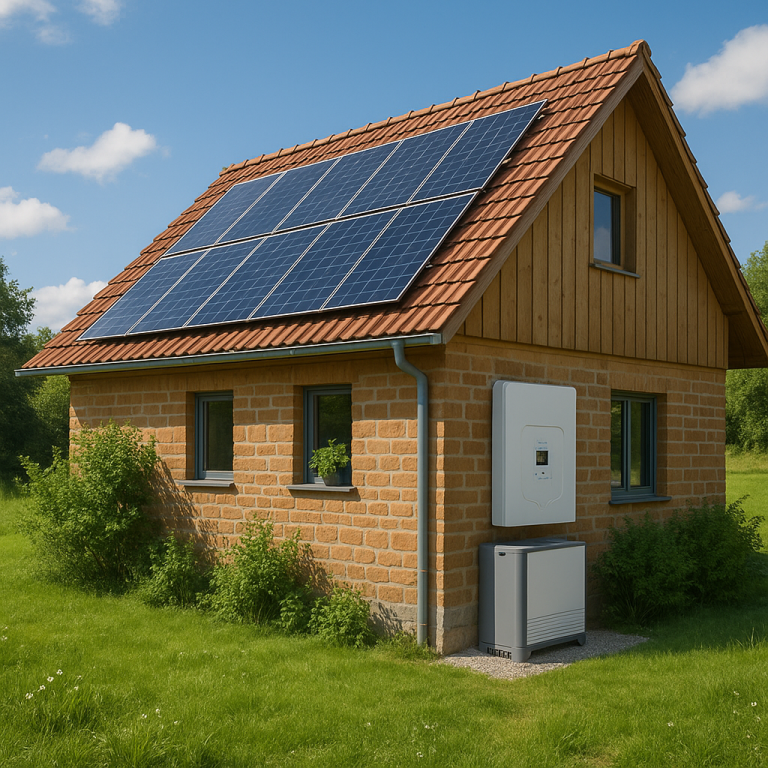
Discover the best EU-certified solar kits with batteries for off-grid homes in 2025. Compare top systems with CE compliance, smart features, and flexible battery storage.
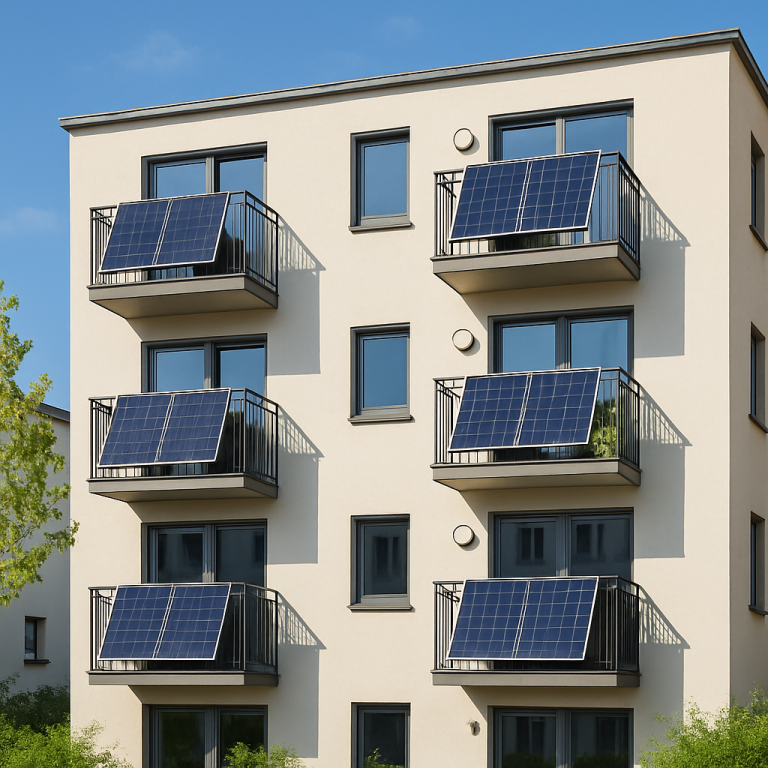
Discover the top balcony solar systems for German apartments in 2025. Explore updated regulations, market trends, brand recommendations, and technical comparisons to make an informed choice.










